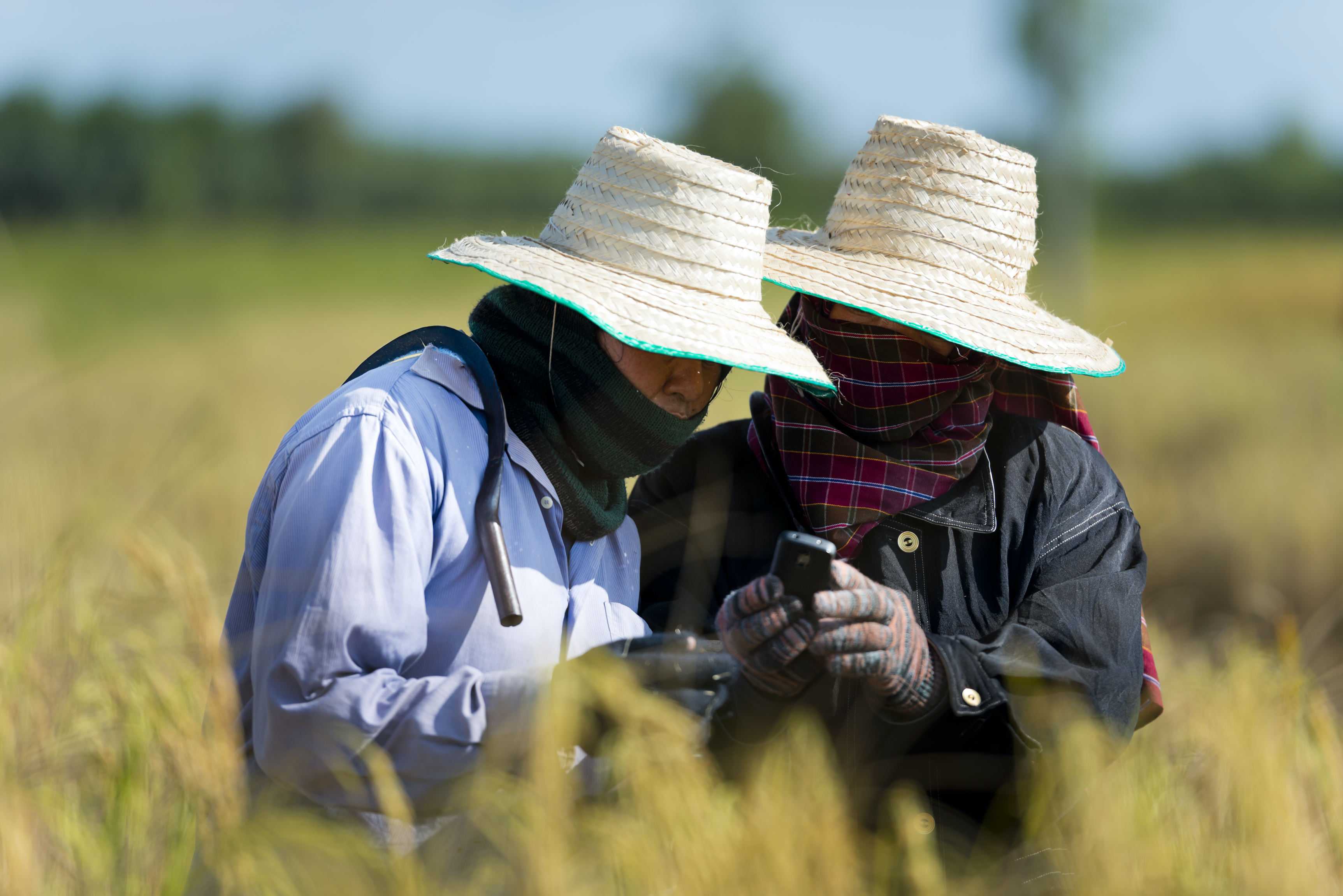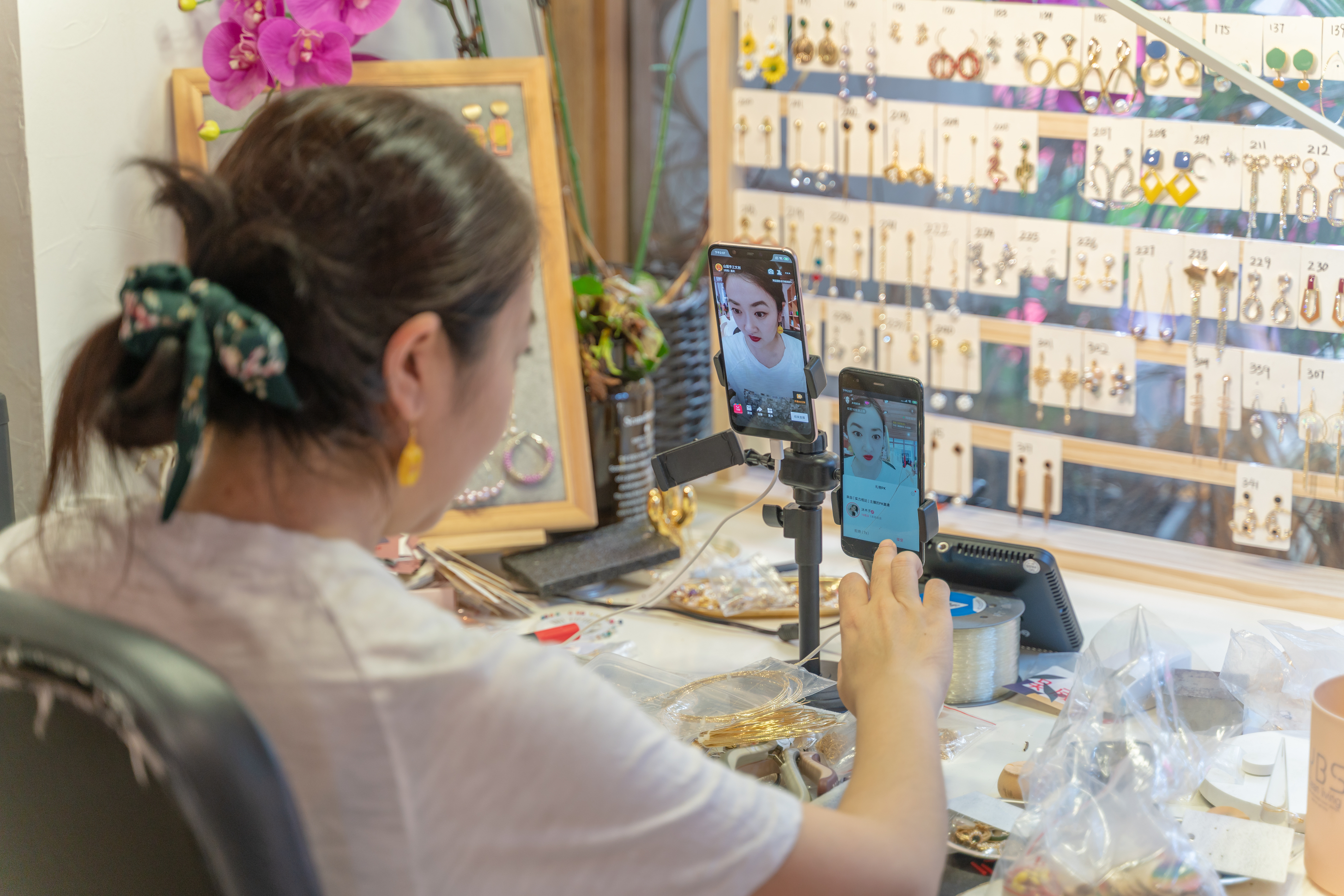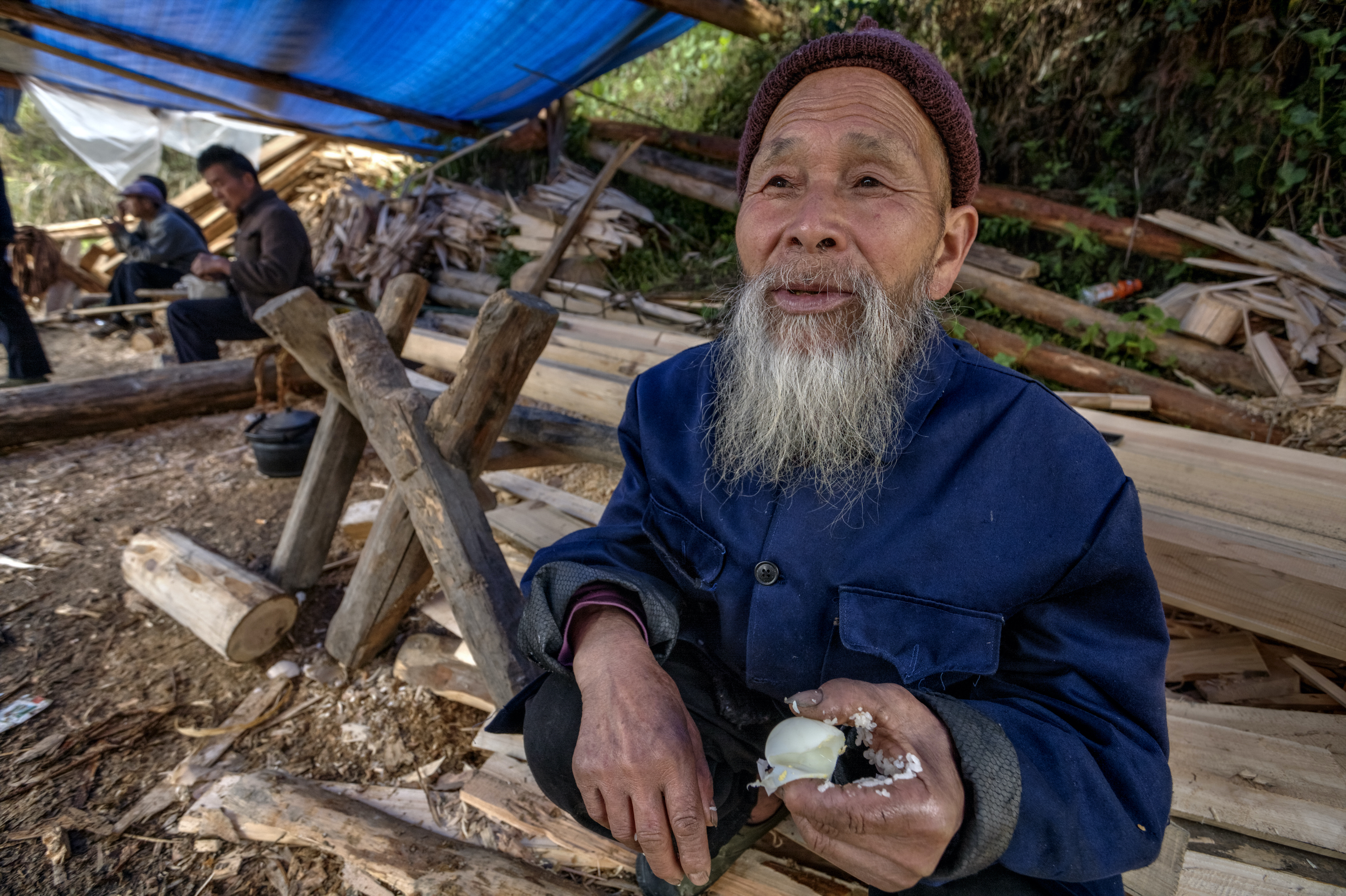I started my research in rural villages in China around 12 years ago. I was curious to see if people were using mobile phones or even computers, and what they were using them for, so I spent long periods of time in three different villages, and I would ask pretty much anyone who would talk to me if they had a mobile phone and how they used it.
One day I met these three women aged between 50 and their mid-70s, and I asked them if they had a mobile phone. They all laughed and said, ‘We’re old people; we’re just farmers. Why would we have a mobile phone? Those are things for young people. We are too old for that. We are too ignorant for that.’
I accepted their answer at face value because, for the Chinese countryside, these were old people. They were farmers. They were probably semi-literate. Their answer made sense; it just resonated with the idea of who uses mobile phones and technology – typically young people – and who doesn’t – old people, especially farmers. Spending time in villages, though, in the anthropological tradition, shows you not only what people say about how they use technology but also how they actually use or don’t use technology. I soon discovered that these three women all used digital technologies.
Unlikely but heavy users
One had several mobile phones; her son had a computer, and she had learned to play poker online with strangers. Another woman had a mobile phone and her daughter downloaded e-novels onto her phone for her. She wasn’t able to download them directly, but once she had them on her phone she was able to find them and read them.
The third woman was the older one. She was in her mid-70s and she said, ‘No, I really don’t use the internet.’ But then another one of the two women told her, ‘Of course you do. It’s just like when you watch television, but there’s your grandchild on the television instead of the news.’ The woman was very puzzled. She said, ‘That’s the internet? Huh. I guess I do use the internet.’
Even these unlikely users of digital technologies were, in fact, heavy users of such technologies. They all went online. They didn’t necessarily know they were online, but they were. What characterised their use of digital technologies was that it was mostly not based on the written word.
Avoiding the written word
They would not write text messages. They would not willingly read text. They would do their best to avoid anything that had to do with the written word. As a non-native speaker, reader and writer of Chinese, I certainly sympathise with that. I tried to avoid writing or reading as much as I could and always tried to find strategies to substitute for it. It’s not really a matter of illiteracy. We were all literate to a larger or smaller extent; we were just more oriented towards oral communication.
This is what the scholar of communication Harold Innis called the “bias of communication”. He said that different cultures have a different attitude towards time and towards space, depending on whether they are cultures that are oriented towards the oral word or the written word. According to him, oral communication is characterised by a bigger reliance on community. It’s just a different way of relating to and communicating with people, compared to communication based on the written word.
Different means of communication
I had already seen some oral use of digital technologies in the late 2000s. That, of course, has just increased since then. A big breakthrough for people who like to avoid the written word has been the emergence of instant messaging services that support vocal messages or images.
I am in chat groups with some of my old research participants that go on for a long time without a single written word. It’s based on a very rich communication world made of vocal messages, emoticons, images, videos and maybe text that is forwarded. Think of the images you see on Instagram and Facebook with some text that people forward to each other. This shows that the urge to communicate is very powerful, but the means to communicate that people choose, or that people are comfortable with, are very different.
You can see an increasing divergence between the written and the oral internet, as I like to call them. If you look at young factory workers in Cambodia, they’re very heavy users of Facebook and their usage mostly consists of emoticons, liking posts and uploading images. It’s as rich as communication that is based on text, but it works in a rather different way. You can see that increasingly in different parts of the internet, not only in personal communication and social networks but also in e-commerce.
In China, the equivalent of TikTok is used a lot for streaming e-commerce videos. There are people who are selling products, but they’re really telling stories about the products. They’re explaining how they work. They establish a personal relationship with their viewers, talk to them about what they’re selling and answer their questions.
This is a way to get all of the content that is typically written in oral form, and through a direct connection. There is an illusion of intimacy, of being a friend with a person who’s in fact there to sell you a product. It’s a means to overcome loneliness and isolation, to make new connections, but also to use the internet in a way that is more aligned with how people live in their own communities, where oral communication is still hugely important.
Digital imagination
I talk about “digital imagination” to refer to the world that is opened up for people who are at the margins of the urban world, where things happen. These are people who live in rural communities in the Global South. Through a smartphone, through Facebook, they suddenly see a whole new world that they didn’t know existed.
Digital imagination is what they use to fill the gaps between what they know – their experience in their own community – and what they see online. It’s something that might lead to action. You see potential and you act on that. You start a business, you move to a different place. You make different connections that wouldn’t have been open to you before.
But it’s also a world that is rife with potential misunderstandings. You are interpreting what you see on Facebook on the basis of your own experience and cultural background. You assume that you understand, but a lot of what you see is taken out of context. You don’t see what is behind the content that is online, just as people don’t see what is behind the content that you post.
A smaller or bigger world
Does digital imagination make the world smaller or bigger? The answer may be that it does both. It shows the potential for a different world and it shows a world that is shrinking. If you are in a small village in rural China, now you can see life in the big city just as if you were there. You can see what is happening in other places. You can get ideas about your future that you didn’t have before.
But there is still a big practical gap to fill between this shiny future mediated by the internet and what you can actually achieve. The potential for misunderstanding or simply being unable to act upon the ideas and aspirations that you get online becomes really big. It’s the source of huge disappointment.
It’s a double-edged sword. It’s something that can be inspiring but also incredibly frustrating. At the end of the day, you might still be in your rural village, cut off from the world, or actually kept out of the urban world, where you’re just seen as the rural peasant looking for an adventure in the city.
Looking back at how communities interact in the villages where I did fieldwork, I don’t want to romanticise the idea of local communities and quaint little villages. These are communities that have problems, just like virtual communities, just like any gathering of human beings. There are issues of power; there are tensions; there are grudges that go back generations. There are a lot of difficulties.
What we are seeing now with virtual communities, is that they really replicate a lot of the same dynamics that you see in local communities in the physical world. Both sides can learn from each other how to mediate conflict, how to mediate tension, how to mediate the troubles that come from humans interacting together. The success of a community lies in its being able to manage conflict. And that is as true in a village in rural China as it is in a community online.


